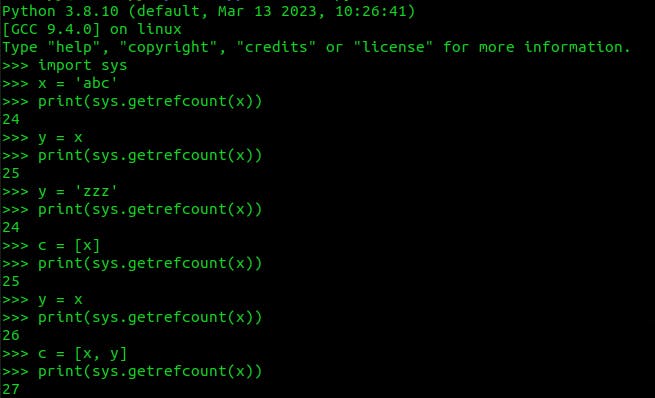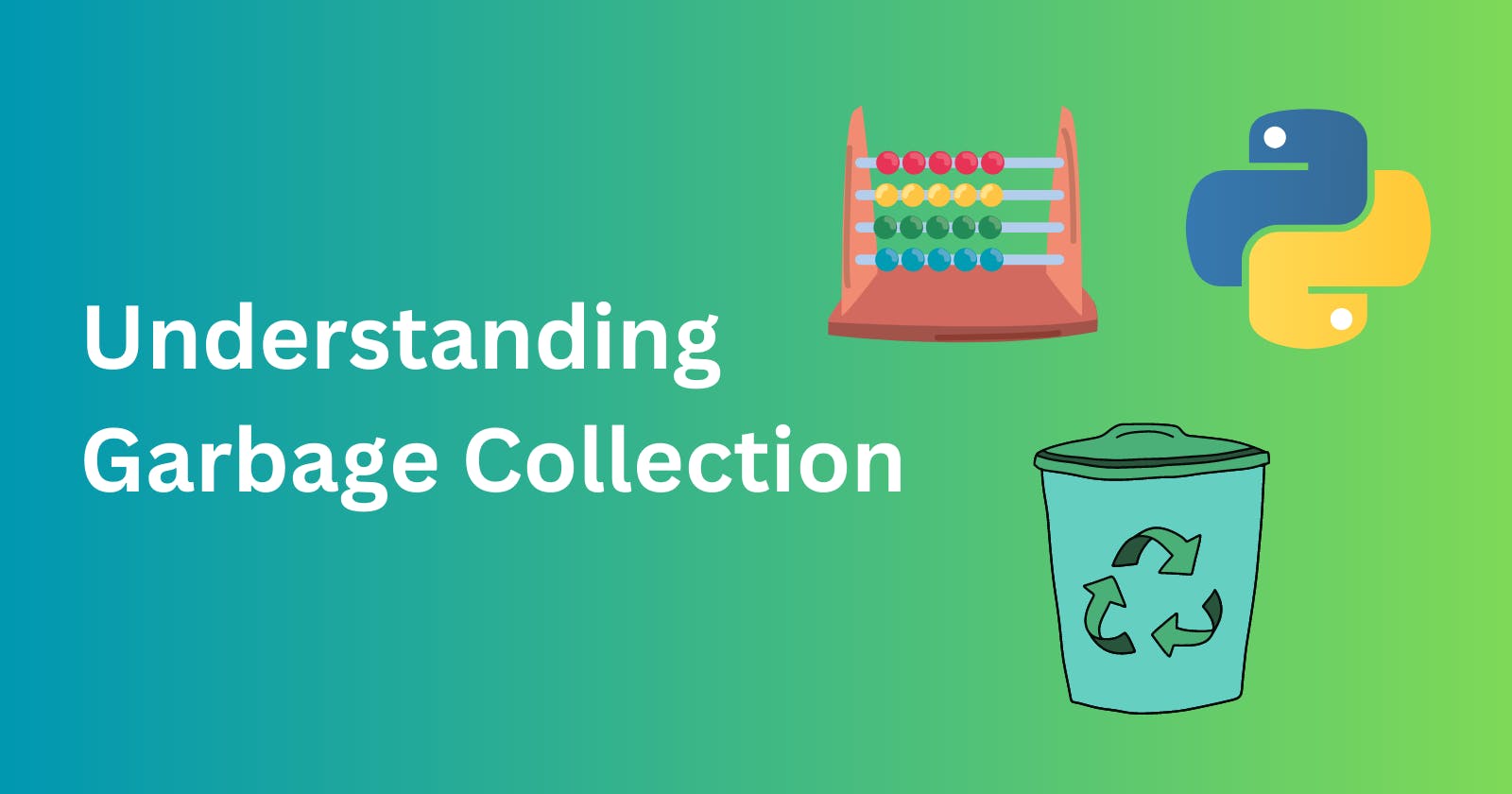When you assign a new value to an old variable in Python, the old value still exists in memory, but is no longer referenced by any variable.
Let's say you're working on a Python program where you need to assign a string value to a variable. For example, you might write x = "I love coding in Python". However, at some point during the program execution, you realize that you need to assign a different string value to the same variable. For instance, you might change the value of x to x = "Wow, I also love JavaScript".
At this point, you might wonder: what happens to the old value of x? Is it still in memory, and does it cause any issues during the runtime of the program? To answer this question, let's take a closer look at how variables and memory management work in Python.
When you assign a value to a variable in Python, a new object is created in memory to hold that value. The variable then becomes a reference to that object. In the case of x = "I love coding in Python", a new string object with the value "I love coding in Python" is created in memory, and the variable x becomes a reference to that object.
When you later assign a new value to the same variable using x = "Wow, I also love JavaScript", a new string object with the value "Wow, I also love JavaScript" is created in memory, and the variable x is updated to refer to this new object instead of the old one.
However, the old string object with the value "I love coding in Python" still exists in memory. Since it's no longer referenced by any variable, it's considered garbage and can be cleaned up by Python's garbage collector at some point.
To ensure efficient memory usage and prevent memory leaks, Python implements the garbage collection algorithm that runs in parallel with a program's execution. When you create an object and assign it to a variable, the reference count for that object is increased. For example:
x = 'abc'
# an object with the value 'abc' is created in memory and the variable x becomes a reference to that object.
b = x
# the reference count for that object increases, since both x and b are now references to it.
y = [b]
# the reference count increases again, since y now holds a reference to the list containing b
y[0] = -1
# the reference count decreases now, since the list's 0th index value is now refencing to -1
If an object's reference count reaches zero, it means that no variables in the program are referencing it, and the object is considered to be garbage. Python's garbage collector will eventually detect the object and free up its memory for other uses. This means that you don't need to worry about old values lingering in memory and causing issues during the runtime of your Python programs.
To verify the reference count of a specific object in Python, we can utilize the sys module. The getrefcount() function from the sys module can be utilized to observe the reference count of the given object. Check out the screen shot of the terminal:

Here, we are merely observing the reference count of the object. However, this information can be useful in making adjustments to Python's automatic garbage collection mechanism. Nonetheless, in general, it is not necessary to tinker with it.
So to sum up: when you assign a new value to a variable in Python, the old value still exists in memory until it's garbage-collected. However, this doesn't cause any issues during the runtime of the program as long as the garbage collector does its job and frees up memory as needed.
The idea of this post is to provide you with a brief introduction and overview of garbage collection. In my future post, I will delve deeper into garbage collection, discussing when and how to make adjustments to the automatic garbage collection mechanism. Until then, take care and happy coding!
